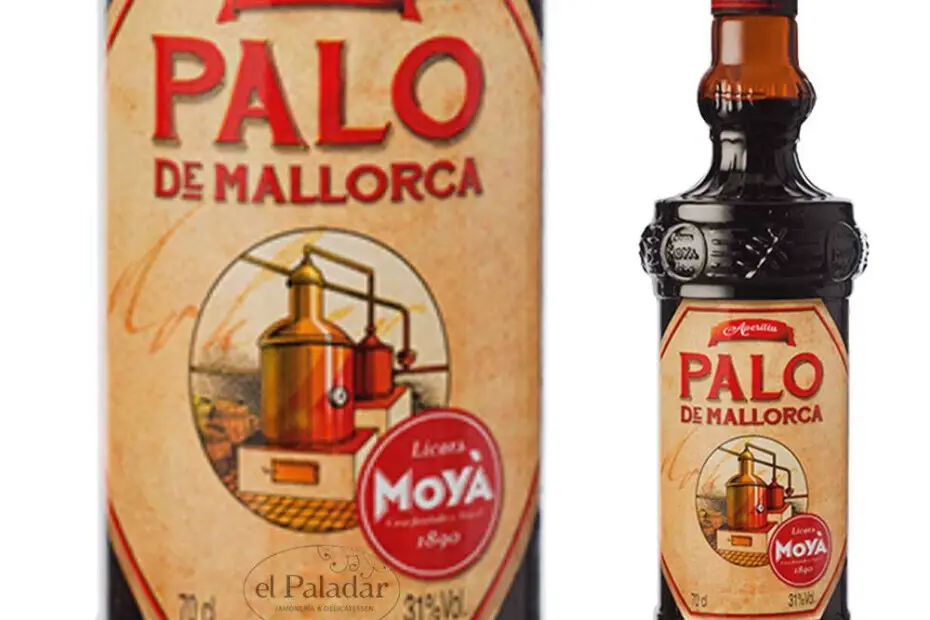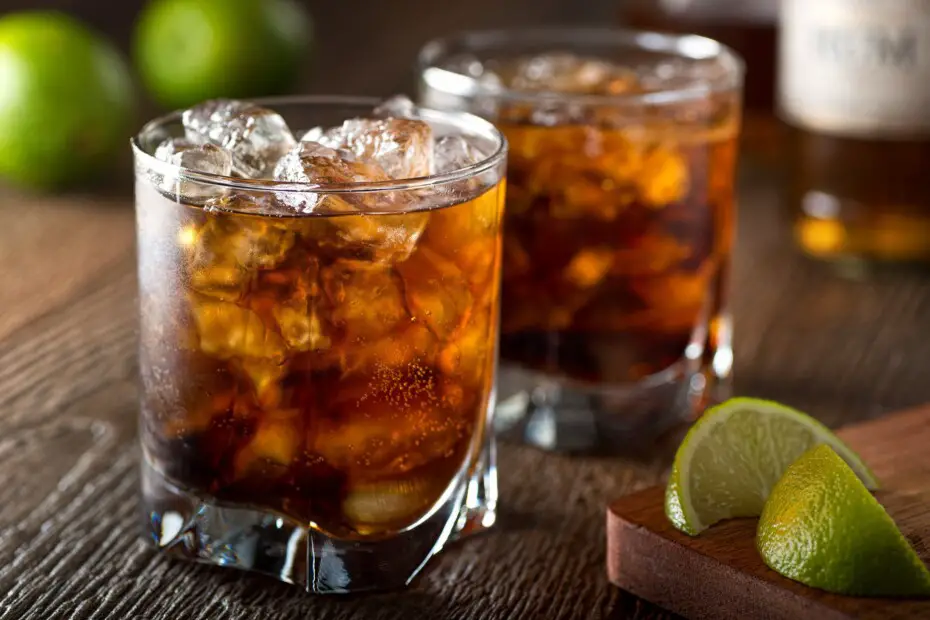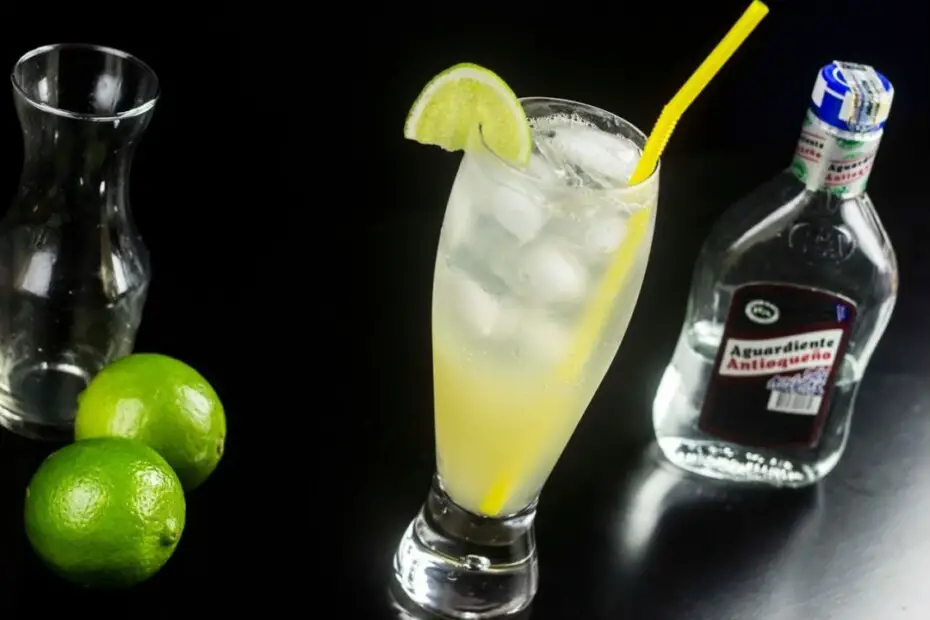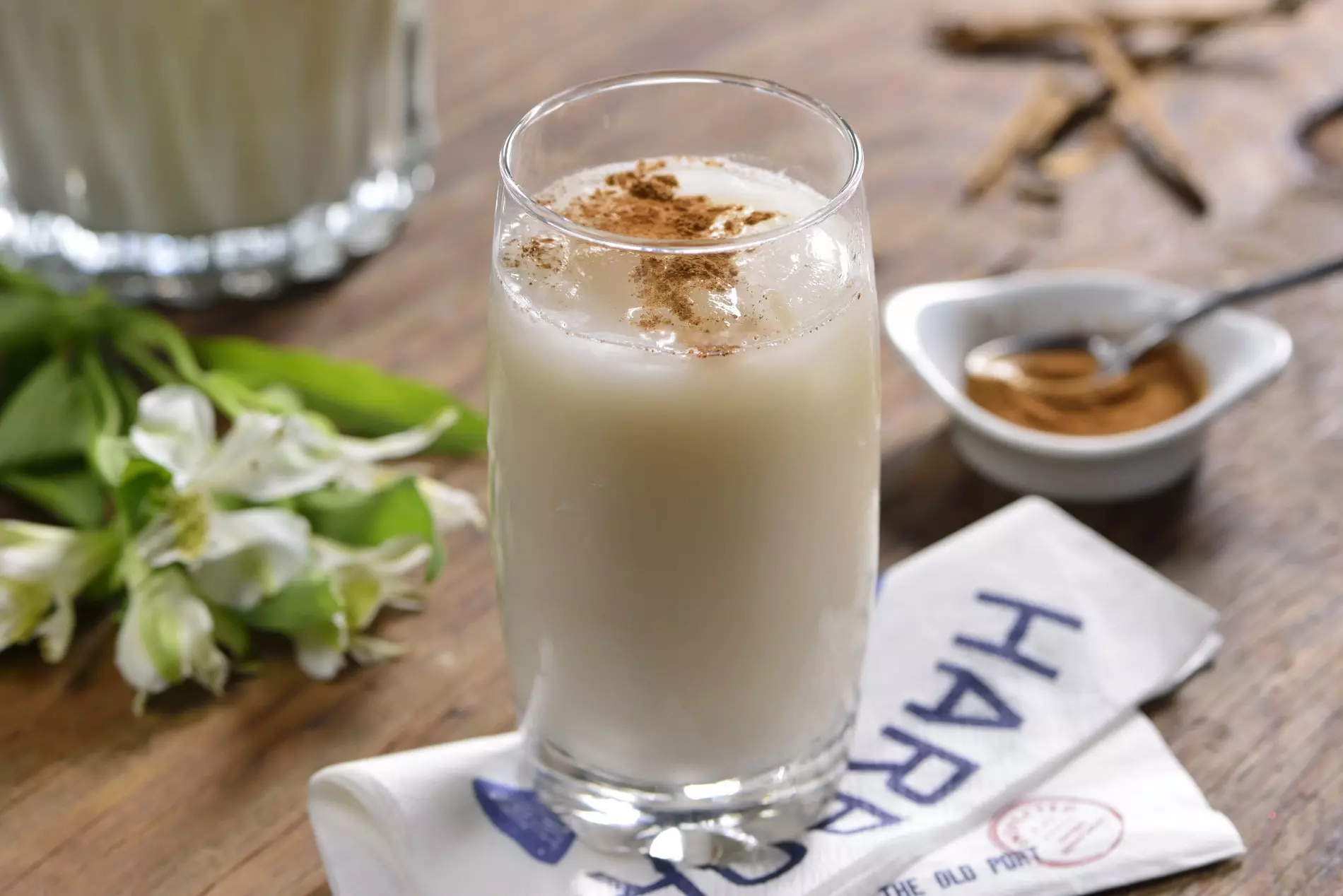do you want to know everything about Palo de Mallorca? Spain presents a very interesting gastronomic diversity, which is very well accompanied by its liqueurs, and the Palo de Mallorca is one of those wonders that delights the palate.
It is currently recognized in Mallorca as a fundamental part of the aperitif, its sweet taste, texture and aroma give it the perfect touch, and it is also invigorating and stimulating for salivary secretion and gastric juices.
En esta nota, encontraras lo siguiente
what is Palo de Mallorca?
Palo de Mallorca is a dark-colored, almost black, thick and viscous spirit with a complex flavor due to the ingredients with which it is made. It also has antipyretic and antimalarial properties and its alcohol content is between 25% and 36%.
Origin of Palo de Mallorca
Palo de Mallorca has its origin thanks to Doña Francisca Enríquez de Rivera, the Countess of Chinchón, who in the XVII century after a trip to Lima, Peru, became ill and was treated with cinchona. When she was cured and returned to Spain, she took cinchona bark with her. 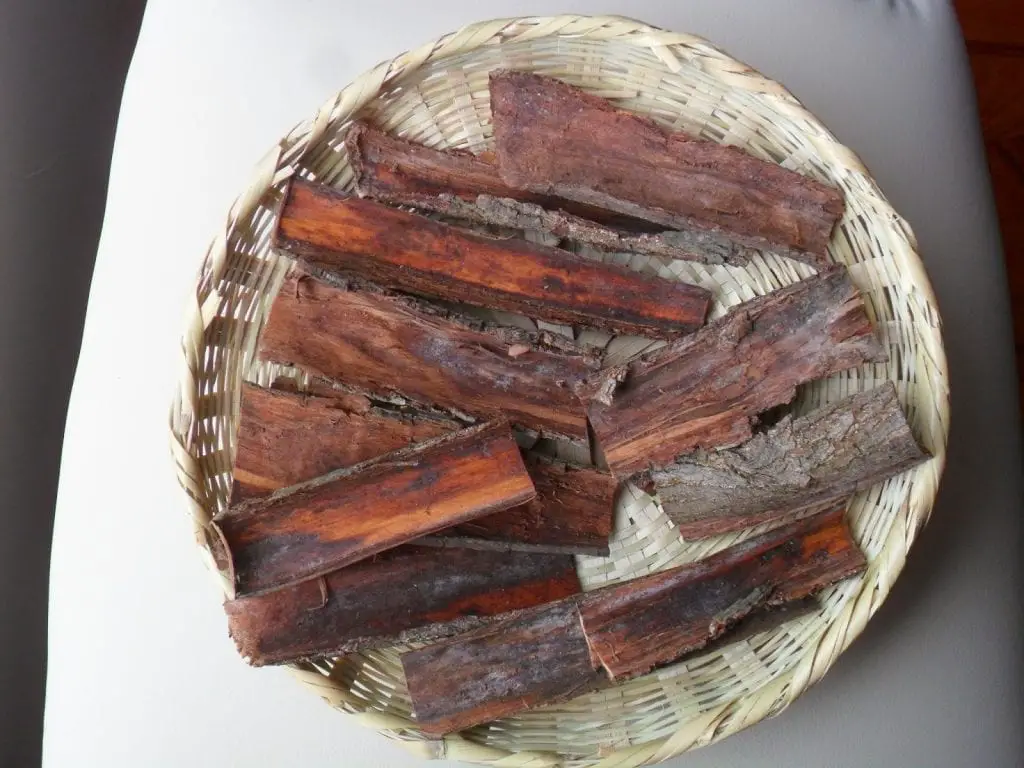 When it was introduced it began to be used as medicine, helping to cure mainly fevers and diarrhea, so it spread very quickly to other European countries. During the XVII century, it was very common the existence of swampy areas, which were a means to reproduce mosquitoes, which caused fevers.
When it was introduced it began to be used as medicine, helping to cure mainly fevers and diarrhea, so it spread very quickly to other European countries. During the XVII century, it was very common the existence of swampy areas, which were a means to reproduce mosquitoes, which caused fevers.
Over time, it was necessary to try to improve its flavor, since it was extremely bitter, so grape sugar concentrates, dried figs and carob were added. These extracts containing sugars were reheated in order to concentrate them, so that the sugar caramelized and darkened, making the bitter taste a little more pleasant.
The product of this preparation was a syrup that had a very limited shelf life because it fermented easily, so it was decided to include alcohol, thus giving rise to Palo de Mallorca. In 1993 the Regulation of the Geographical Denomination Palo de Mallorca was approved, which allowed protecting the geographical name and avoiding unfair competition, thus guaranteeing the quality of the product.
what is Palo de Mallorca made of?
Palo de Mallorca liqueur is made by macerating or infusing the bark of cinchona calisaya, better known as palo de quina, hence the origin of its name, and gentian roots with sugar, caramelized sucrose, and ethyl alcohol. 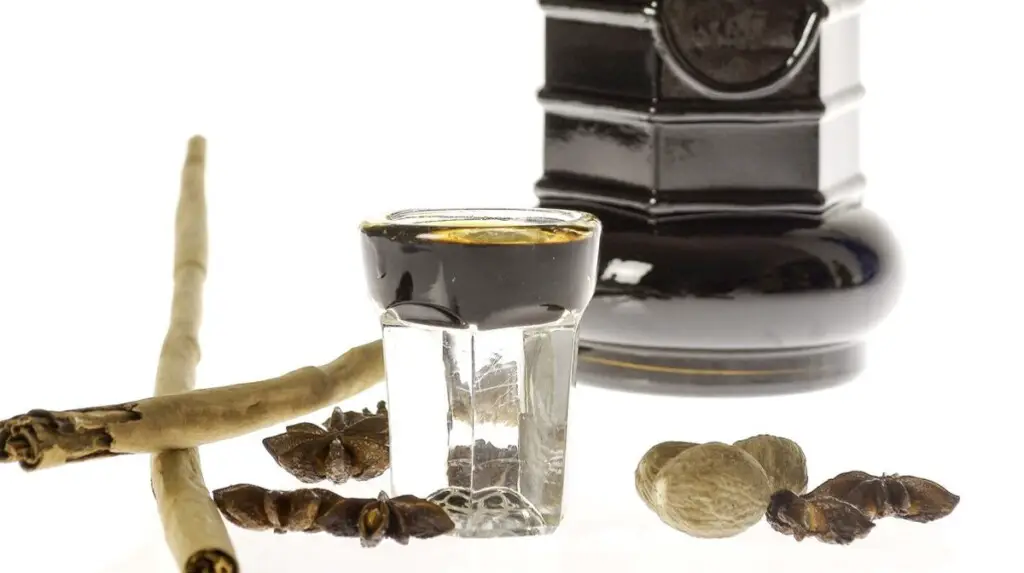 This delicious liqueur stands out for being very viscous, so when it is stirred in the glass, a thin caramel-colored layer usually sticks to the walls. This layer starts out smooth and uniform, but after a short time, when the alcohol evaporates, it forms thick streaks that can form a paste inside the glass.
This delicious liqueur stands out for being very viscous, so when it is stirred in the glass, a thin caramel-colored layer usually sticks to the walls. This layer starts out smooth and uniform, but after a short time, when the alcohol evaporates, it forms thick streaks that can form a paste inside the glass.
When enjoying its aromas, one can perceive hints of wood that some even associate with licorice, and during its passage through the mouth it causes a complex sensation. Its initial sweet phase predominates, which is then accompanied by the burning of the alcohol and ends with a mixture of bitterness typical of its ingredients.
How Palo de Mallorca is made
Palo de Mallorca is made on the island of Mallorca, and is obtained by macerating cinchona and gentian in ethyl alcohol of agricultural origin and water. This liqueur is not only obtained through maceration, it can also be obtained through the infusion of cinchona and gentian in water, with the subsequent addition of alcohol.
Sucrose dissolved in water and sugar caramelized by heating are then added to this infusion. The use of essential oils and artificial colorants is not allowed in the preparation of this spirit.
How to drink Palo de Mallorca
This Mallorcan herbal liqueur is very dark, so that visually it seems almost black, with a dense and viscous texture that is very sweet when drunk, while the bitterness of cinchona and gentian stands out. 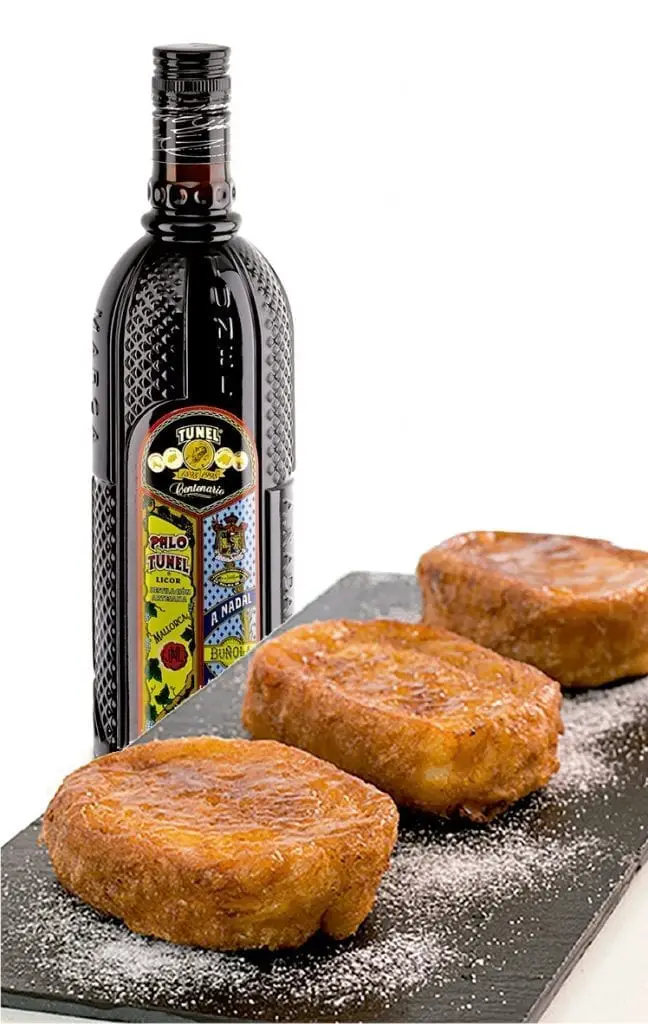 It is usually drunk as an aperitif with a little lemon or just on the rocks. Nowadays it is very common to drink it with tonic. But Palo de Mallorca is a liqueur that not only serves as an aperitif, it is also used to make sauces, to prepare desserts or even as a dressing for salads, so its qualities are increasingly increasing. An increasingly popular recipe is Palo de Mallorca served chilled, with a few drops of lemon and gin.
It is usually drunk as an aperitif with a little lemon or just on the rocks. Nowadays it is very common to drink it with tonic. But Palo de Mallorca is a liqueur that not only serves as an aperitif, it is also used to make sauces, to prepare desserts or even as a dressing for salads, so its qualities are increasingly increasing. An increasingly popular recipe is Palo de Mallorca served chilled, with a few drops of lemon and gin.

